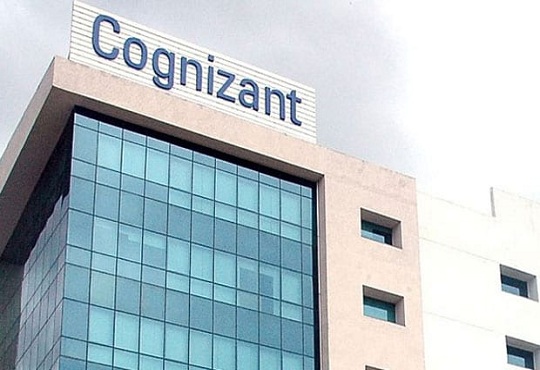DSB choses Cognizant as Sole Offshore Supplier of IT Consulting Services
CIOTechOutlook Team | Wednesday, 01 March 2023, 08:45 IST
 In order to expedite, grow, and further strengthen its capacity to deliver on DSB's digital plan, Cognizant has been chosen as the sole provider of offshore IT consulting services by DSB, the state railway operator of Denmark.
In order to expedite, grow, and further strengthen its capacity to deliver on DSB's digital plan, Cognizant has been chosen as the sole provider of offshore IT consulting services by DSB, the state railway operator of Denmark.
The multi-year deal aims to increase DSB's data analytics, Internet of Things (IoT), and software development skills to better manage and plan train availability, comprehend peak service demand, acquire insights into passenger feelings, and enable predictive repair of its fleet.
By greater connection and better, IoT-enabled and sensorized assets, the firm is predicted to become a more data-driven and sustainable corporation, both operationally and in terms of its customers. To enhance the user experience on its transit systems, DSB is anticipated to be able to grow and speed its digital services.
"We have seen a shift in transportation patterns following pandemic lockdown, as well as from the continuous market demand towards more sustainable ways of transportation, while at the same time undertaking significant investments into electrification of the train fleet," said Jesper Welander, commercial IT director, DSB. "Having already transitioned into an agile software development paradigm, we will focus on building up capabilities to deliver digital products – in-house as well as with Cognizant."
"As part of the continued collaboration between Cognizant and DSB, we will draw on our vast experience in sustainable transportation by harnessing the power of data, analytics and engineering with the goal of helping DBS improve the experience for passengers and deliver better business outcomes," said Thomas Djursø, managing director, Cognizant, Denmark. "Since 2016, Cognizant has been building a strong relationship with DSB, and over the past two years, we have further developed a strong, company-wide engagement – both in the business and within the IT organisation."
The transportation and logistics division at Cognizant assists clients in meeting the fundamental requirements of people and businesses to transfer products and resources from supply to demand. Since new concepts, means of transportation, and technology have been available over time, the industry has continually reinvented itself. Currently, it is at a crossroads and has to transition from traditional logistics to the new era of digital logistics in terms of how commodities and merchandise are moved from source to consumption.
























































.jpg)
.jpg)








.jpg)

.jpg)

.jpg)
.jpg)



.jpg)


.jpg)





























.jpg)

.jpg)
.jpg)

.jpg)
.jpg)

































.jpg)

.jpg)



















.jpg)
















.jpg)












































































































